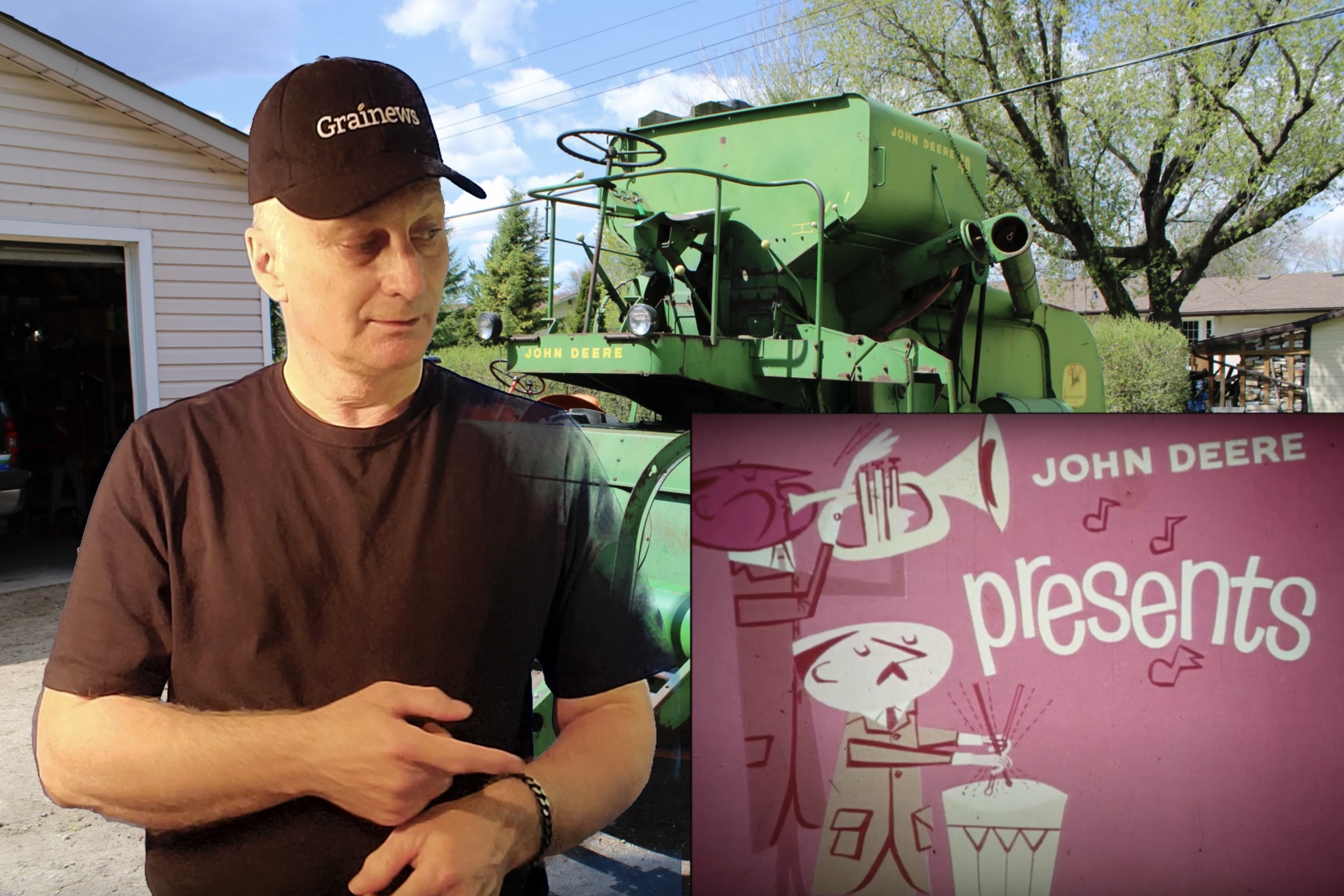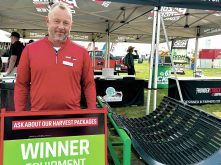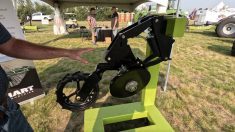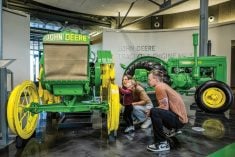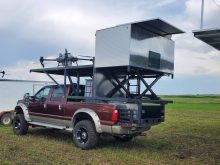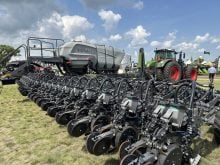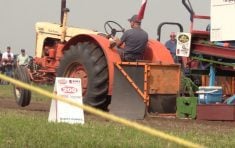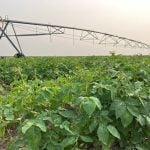Several years ago, I was at John Deere’s World Headquarters in Moline, Illinois, for the introduction of the S Series combines. To highlight just how far combine design had come in recent decades, the staff had parked a beautifully restored 1960s model 40 combine beside it. The contrast was stark.
When I was a kid on the family farm, we had the pull-type version of the 40, the 42. With a 3020 tractor in front of it, it seemed then like an impressive combination. But by today’s standard it was primitive — and tiny.
Recently, I visited a retired ag equipment mechanic who is restoring another model 40 combine in his back yard.
Read Also
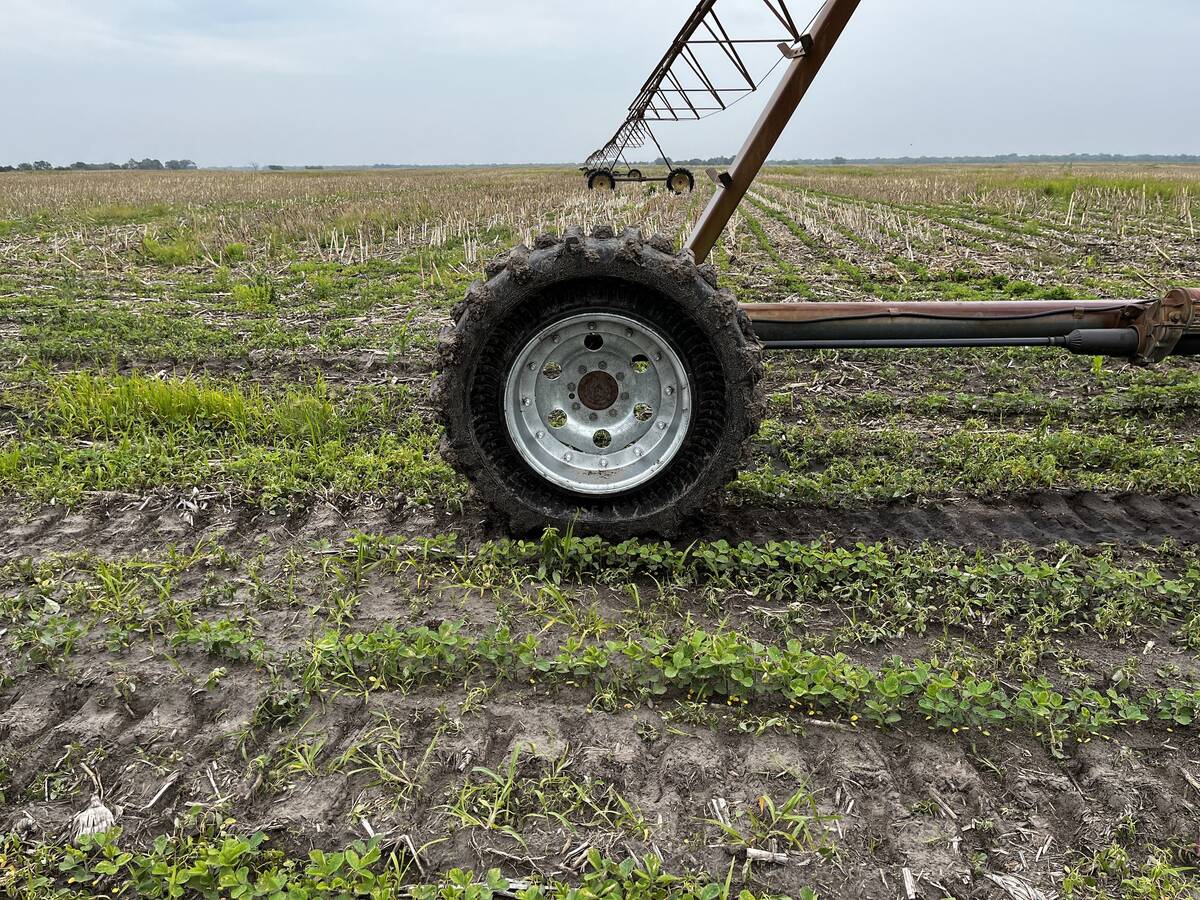
Galileo Wheel rebrands tires as Trackwheel
Galileo Wheel’s Cupwheel inverted-sidewall skid steer, tractor and pivot tires are rebranded as Trackwheel, to emphasize performance similar to tracks.
We also managed to locate and include an interesting segment in that video, made in the 1960s by John Deere, that focused on the features of the model 40, and how it marketed the combine to prospective customers of the day.
To make things more comfortable for the operator of the 40, farmers could choose to include an optional padded seat cushion. Never mind it was for a steel seat with no backrest. I doubt that would impress anyone today.
Now when talking about farm machinery, we’re even discussing satellite communications. That would have been confusing to farmers in 1962. The first satellite, Sputnik, had only been in the sky for five years. And 1962 saw the launch of Telstar 1, which enabled the first live TV broadcasts between North America and Europe. That was the same year Canada became the first country other than the U.S. or Soviet Union to put a satellite into space. No thought of auto guidance back then.
One thing that hasn’t changed, though, is where farmers went to see what was new and interesting in farm equipment—aside from dealers’ lots. That is the farm show. Those have been popular for a very long time. The earliest of which in Western Canada was the Winnipeg Motor Trials, where manufacturers brought their machines to demonstrate them to farmers and have them independently evaluated. Sadly, World War I put an end to that exhibition.
But farm shows are still alive and well. One of the newest here in the west is Ag in Motion near Saskatoon. I’ve been to many farm shows, large and small, on three continents, and AIM has become one of my favourites. (Full disclosure, Glacier FarmMedia, the company I work for, also owns AIM.)
Based on my experience of visiting shows, I can say AIM has matured into a quality event, and it’s certainly worth a visit if you have an interest in machinery. Brands large and small have paid attention to it and most have now become regular exhibitors.
If you attend the show this July, take a moment when walking around the new equipment to consider how farm machines, particularly combines, are now marketed to farmers, and compare that to what Deere had to say about its prized model 40 in 1962.
Farming, itself, has changed too. Although many of us look back on the era of the model 40 as the good old days, we’re living in a time when machine technology is beyond impressive, and that’s good too. You’ll see the best of it on display at the show. If you bring the farm kids, they may one day look back at these as the good old days!
See you at AIM.


